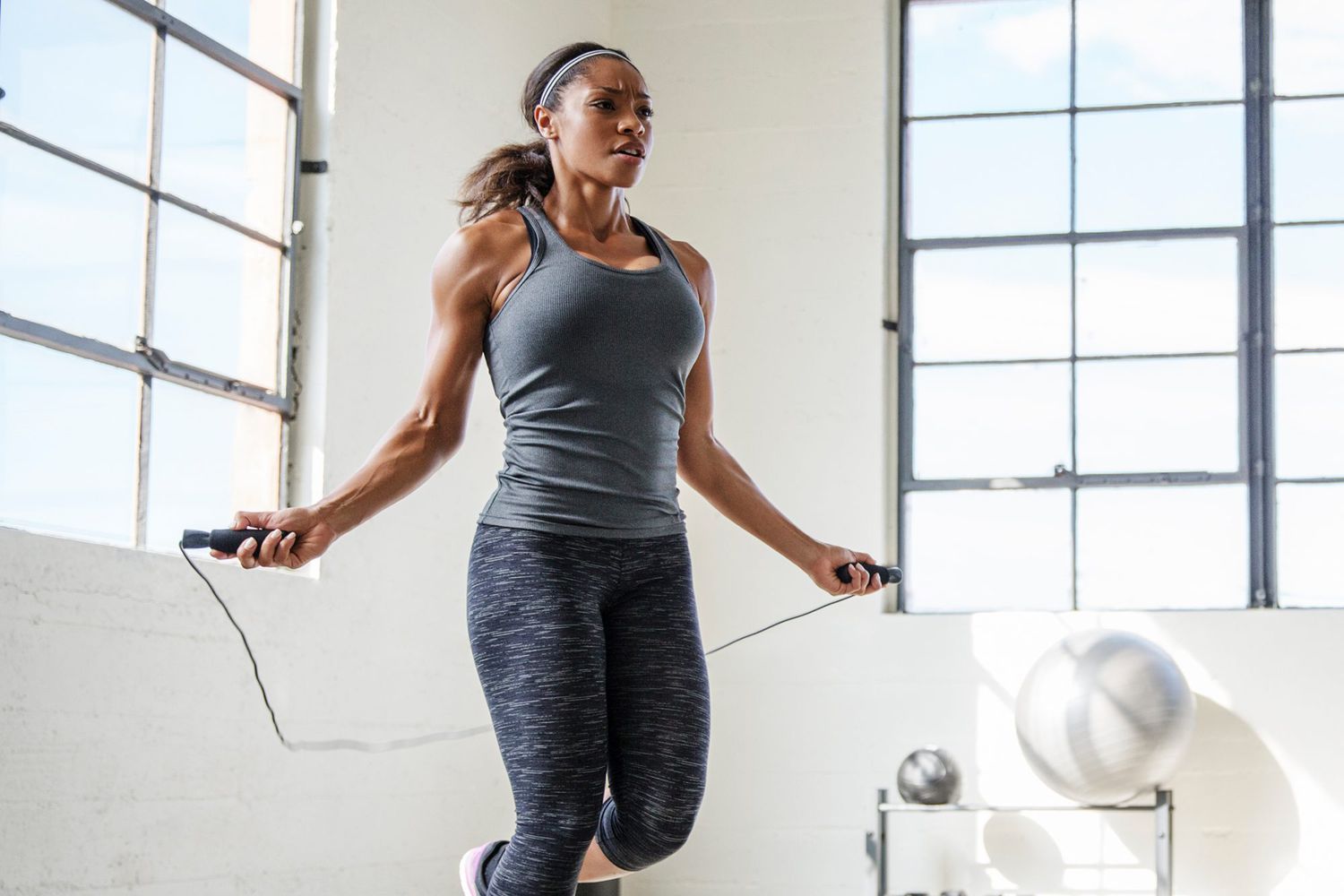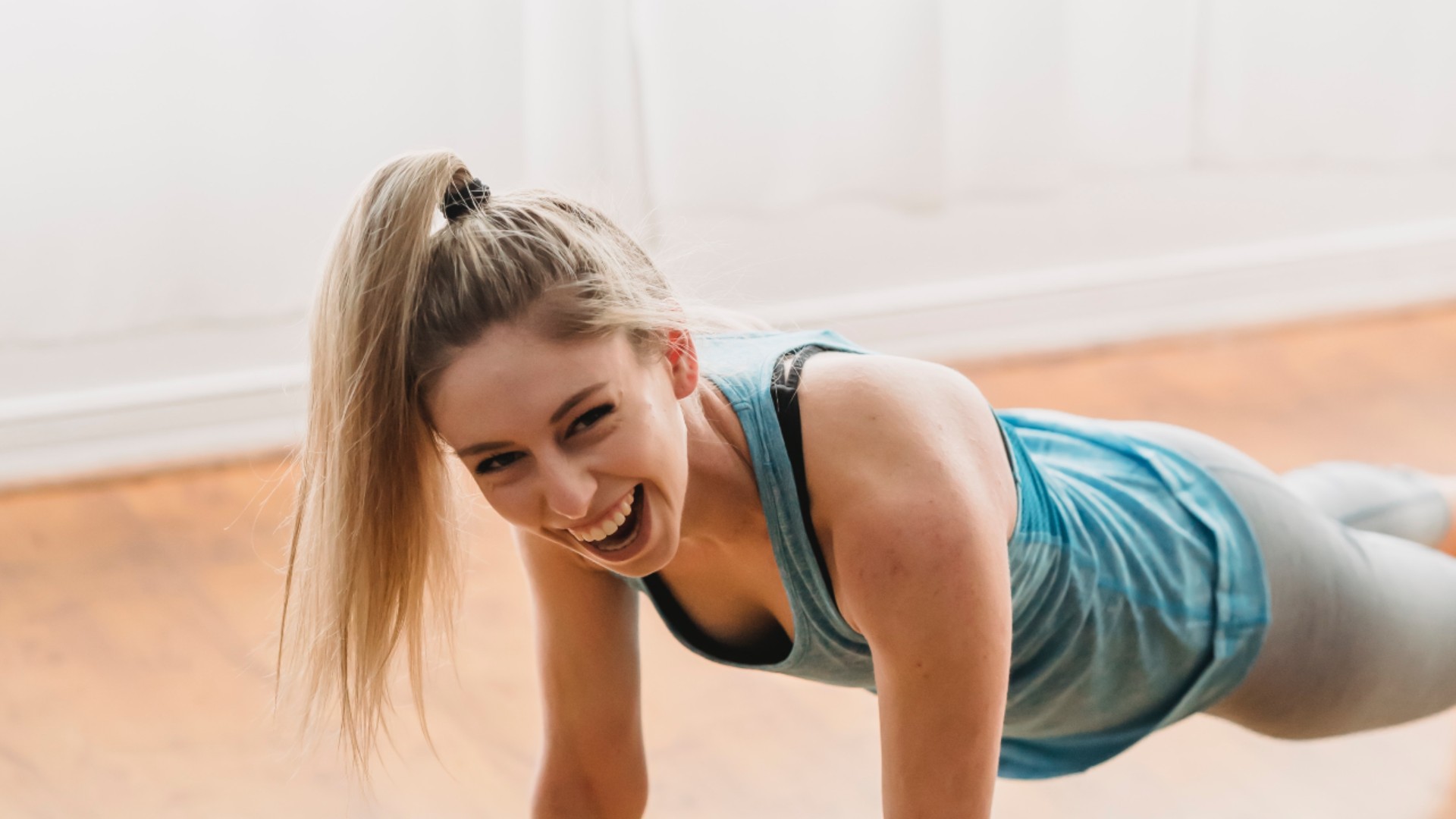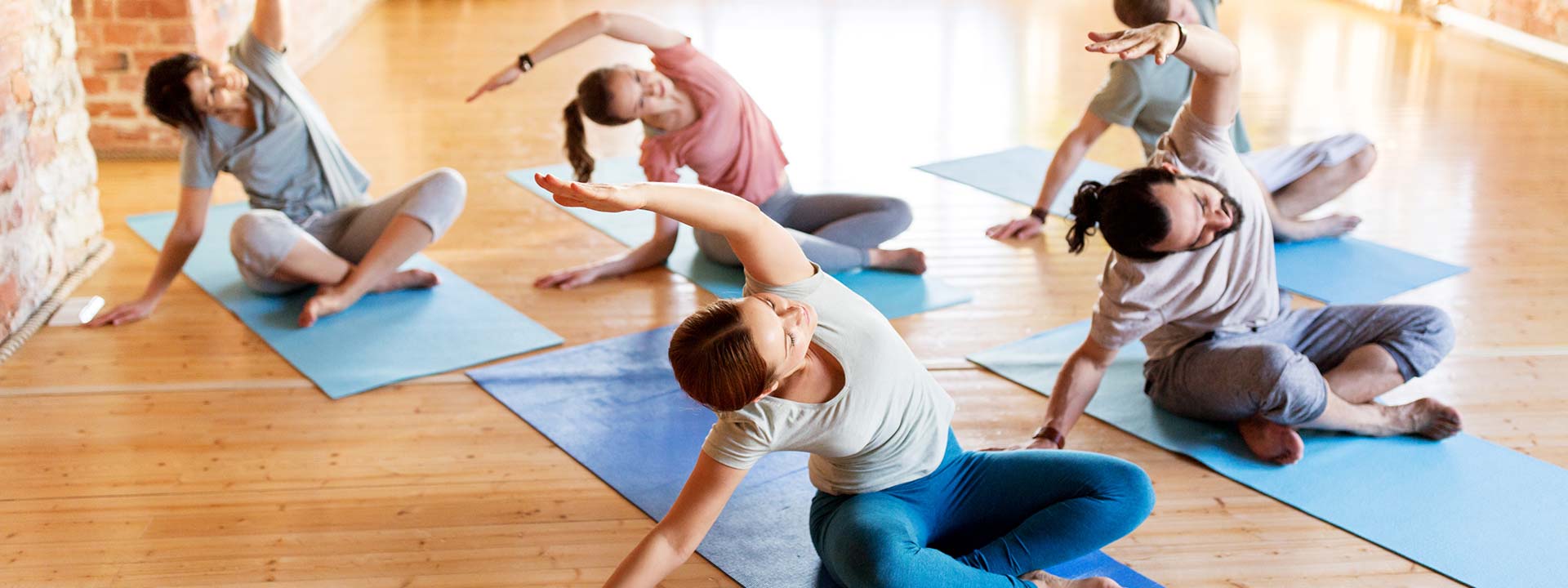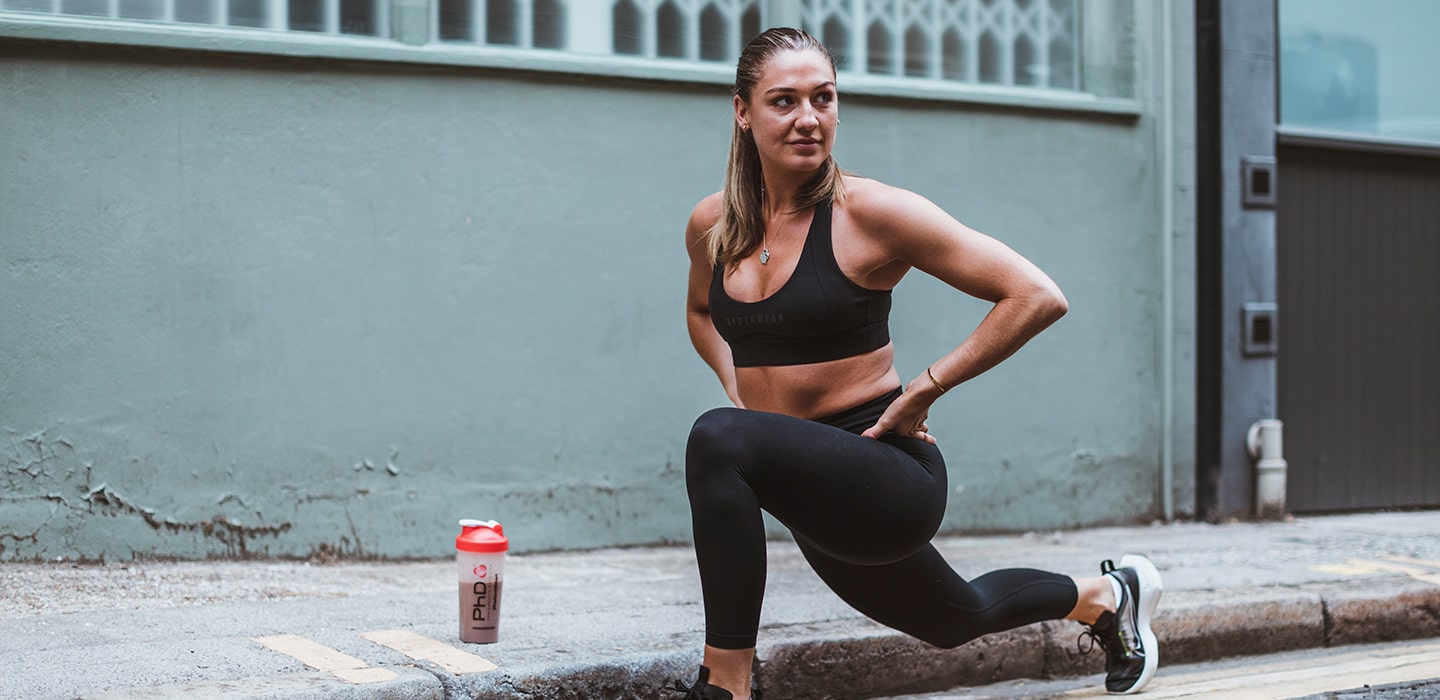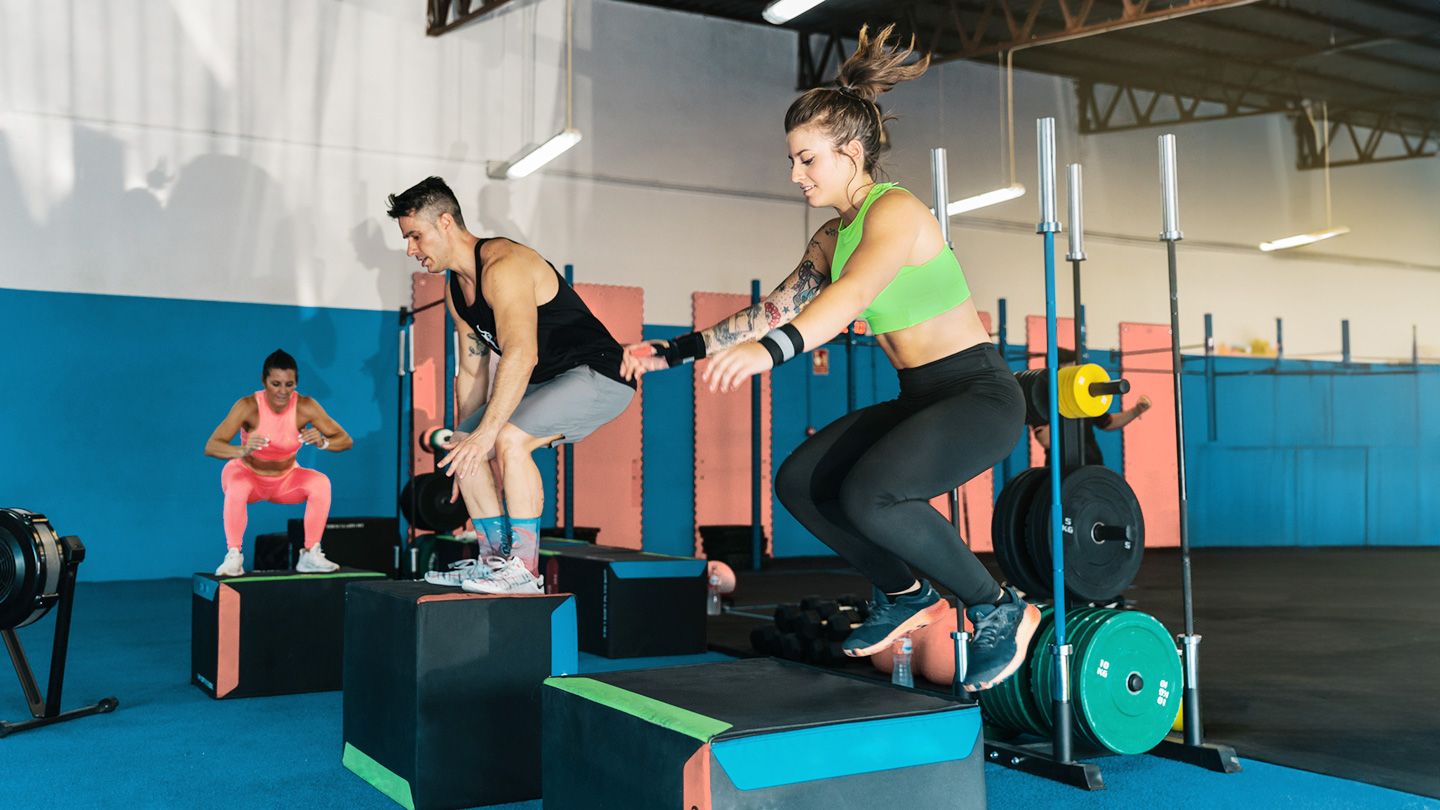When it comes to fitness, many people think of cardio as a one-size-fits-all activity. You can actually tailor your cardio workouts to target different body parts, maximizing benefits like improved heart health and increased cardiovascular fitness. Each workout can engage various muscles, making your routine not only more effective but also more interesting.
In this blog post, you will discover five unique cardio workouts focused on different body areas. These exercises are designed to keep your heart rate up while strengthening specific muscles. The combination of targeted workouts and cardiovascular training can lead to better overall fitness and enhanced physical performance.
Whether you are a beginner or more advanced, these workouts can fit your level. Get ready to learn how to integrate cardio into your routine more effectively and boost your health along the way.
Key Takeaways
- Targeted cardio can improve heart health and fitness.
- Each workout focuses on specific muscle groups.
- A balanced routine helps optimize recovery and performance.
Fundamentals of Cardiovascular Exercise
Cardiovascular exercise is essential for maintaining good health and enhancing your fitness level. It boosts endurance, helps manage weight, and improves mental well-being. Knowing its benefits and the different types of workouts can help you choose the right activities for your goals.
Understanding Cardio and Its Benefits
Cardio, or aerobic exercise, raises your heart rate and gets your blood pumping. This type of exercise is key for improving cardiovascular health. Regular cardio workouts can help lower blood pressure, reduce anxiety, and promote better sleep.
When you engage in cardiovascular activities, your body releases endorphins, which improve your mood and reduce stress. Short sessions can burn calories effectively, making them great for weight management. Finding exercises you enjoy will keep you motivated and engaged.
Types of Cardio Workouts and Exercises
There are many ways to perform cardiovascular workouts. Here are some popular options:
- Walking or Jogging: Simple and effective for building endurance. You can increase intensity by jogging.
- Cycling: Great for leg strength and stamina, either on a stationary bike or outdoors.
- Jump Rope: A fun way to improve coordination and burn calories quickly.
- Rowing: Engages multiple muscle groups while providing an excellent cardio workout.
- High Knees and Jumping Jacks: Effective for quick bursts of high-intensity cardio.
- Sprints: Short bursts of speed can improve cardiovascular fitness rapidly.
Each of these exercises can be adjusted in intensity to match your fitness level, making them suitable for everyone.
Designing Your Cardio Program
Creating an effective cardio program is important for reaching your fitness goals. You can tailor your workouts to fit different fitness levels and incorporate strength training for better overall results.
Cardio for Different Fitness Levels
When designing your cardio program, consider your current fitness level. Beginners may want to start with moderate-intensity cardio, such as brisk walking or cycling. Aim for 20-30 minutes, 3-4 times per week.
For Intermediate Levels:
- Add more variety with HIIT or interval training.
- Use exercises like running or swimming for 30-45 minutes, 3-5 times weekly.
For Advanced Levels:
- Include high-intensity sessions of 45-60 minutes.
- Focus on sports-specific drills or longer endurance activities.
Always adjust intensity and duration based on your experience. Listening to your body helps to prevent injuries and allows for better muscle growth and recovery.
Incorporating Strength Training for Full-Body Benefits
Integrating strength training into your cardio program can enhance your fitness routine. Pairing compound movements with cardio boosts efficiency. Aim to work different muscle groups during each session.
Example Workout Plan:
- Monday: Cardio (Interval Sprints) + Strength (Dumbbell Rows)
- Wednesday: Cardio (Low-Impact Cycling) + Strength (Deadlifts)
- Friday: Cardio (HIIT) + Strength (Bodyweight Exercises)
Strength training complements cardio by building muscle, improving endurance, and enhancing overall performance. A balanced program focuses on both aspects, leading to better long-term results. Adjust your workout split according to your schedule to maintain consistency and motivation.
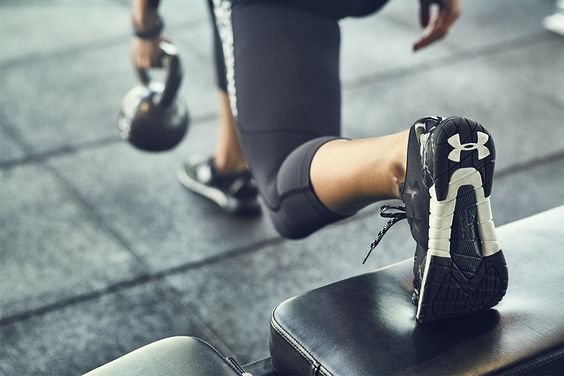

Cardio for Targeted Body Parts
Focusing on specific body parts during cardio can enhance your workouts. This approach can improve cardiovascular endurance and help build strength in targeted areas. Here are two effective methods for working your lower and upper body through cardio.
Lower Body Focus: Legs and Glutes
For lower body cardio, consider exercises that engage your legs and glutes. Squat jumps are a powerful option, combining strength and cardio. Start with a squat and explode upward, landing softly. This exercise boosts your VO2 max and helps reduce muscle soreness.
Lunges and burpees also target these muscles effectively. Lunges improve muscle tone and enhance coordination. Burpees offer a full-body challenge while focusing on your legs.
Incorporate sprints for high-intensity intervals. Short bursts of sprints followed by rest periods build strength and endurance in your legs. Adding Romanian deadlifts can further sculpt your glutes and hamstrings, so include them in your routine for variety.
Upper Body and Core Engagement
Cardio for your upper body should engage the muscles while improving overall endurance. Boxing is a dynamic option that works your shoulders, chest, and arms. It also supports cardiovascular health and endurance training.
Plank jacks provide a killer workout for your core and arms. In this exercise, you start in a plank position and jump your feet out and in, engaging your core throughout.
Rowing is another excellent choice for upper body engagement. It targets your back and arms while also providing a great cardio workout. Finally, consider lat pull-downs and lateral raises as part of your strength training to complement your cardio routine. This combination builds muscle while enhancing your endurance effectively.
Optimizing Cardio with Proper Recovery
Recovery is essential for maximizing the benefits of your cardio workouts. Understanding how to balance exercise and recovery helps prevent injuries and supports your overall health.
Balancing Exercise and Recovery
To get the most from your cardio routine, it’s important to recognize your body’s recovery needs. Recovery allows your muscles to heal and grow stronger. It helps to reduce muscle soreness and fatigue.
Include rest days in your routine to prevent overtraining. Aim for at least one full rest day each week. You may also consider active recovery methods, like light walking or stretching.
Pay attention to signs of weakness or fatigue. If you feel drained, take extra time to rest. This can also enhance weight loss and reduce the risk of heart disease. Prioritize proper recovery for long-term health benefits.
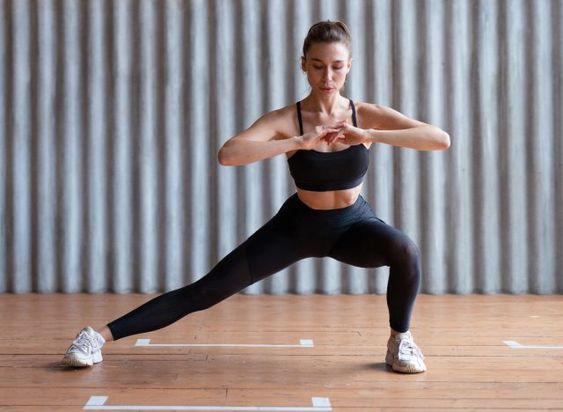
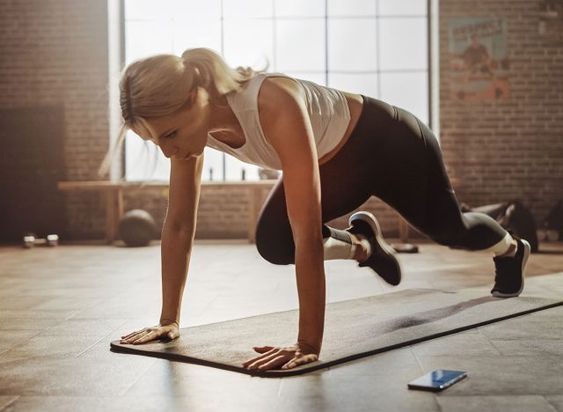
Frequently Asked Questions
Cardio workouts can vary greatly and suit different needs and fitness levels. Below are some common questions that can help you choose the best cardio exercises for your body.
What are the best full-body cardio workouts that can be performed at home?
Some effective full-body cardio workouts you can do at home include jumping jacks, high knees, burpees, and mountain climbers. These exercises engage multiple muscle groups while elevating your heart rate.
Can you list some effective cardio exercises that require no equipment?
You can try exercises like running in place, skipping, shadow boxing, or doing lunges. These exercises increase your heart rate and require no special gear, making them easy to do anywhere.
What is a step aerobics routine that works for multiple fitness levels?
A step aerobics routine can include basic steps like the basic step-up, side step, and hamstring curl on the step. You can adjust the intensity by increasing speed or adding more complex movements for advanced levels.
How can beginners effectively engage in cardiovascular exercise?
Beginners should start with low-impact activities like walking or cycling. Gradually increasing the duration and intensity is key to building stamina without risking injury.
What gym-based cardio workouts are most effective for engaging all body parts?
Popular gym-based options include treadmill sprints, rowing machines, and elliptical trainers. These machines work your entire body and can be adjusted for different fitness levels.
Could you explain the 5-4-3-2-1 cardio workout structure?
The 5-4-3-2-1 workout involves doing five minutes of one exercise, followed by four minutes of another, three minutes of a third, two minutes of a fourth, and finally one minute of a high-intensity exercise. This structure keeps your heart rate elevated while varying your routine.
